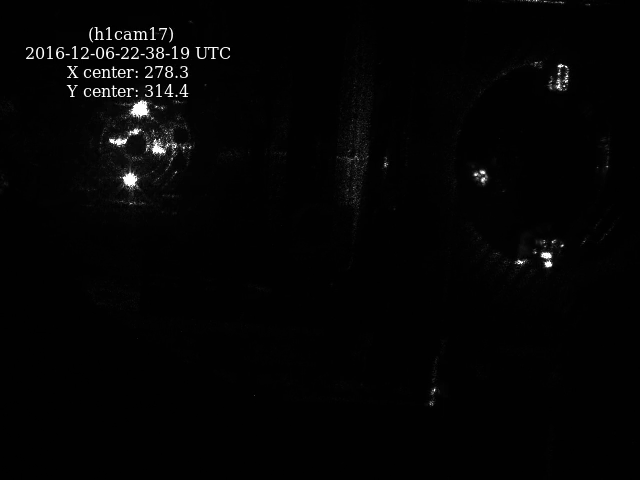6388 Power cycle cdsfs0
Jim, Dave, Ryan, Carlos:
cdsfs0 (NFS server for /ligo) was powered down, RAID controller card and cables inspected, and powered back up between 11:42 and 12:02 PDT. This is the first action in an investigation of recent periods of /ligo unavailability.
6383 outbuilding WAP disconnects
Carlos, Jim, Dave:
The WAP ethernet cables were disconnected from the local switch at all outbuildings (EX, EY, MX, MY). These switch ports were then reactivated, permitting future use of CDS WiFi if the cables were to reconnected to local switch port #12.
6382 MSR TCS Hartmann Wavefront Sensor
Nutsinee:
The problem of the ITMX HWS image being glitched by running the ITMY camera could not be reproduced. If this problem re-appears, we will install a second camera card in h1hwsmsr. For now, no further action will be taken.






















